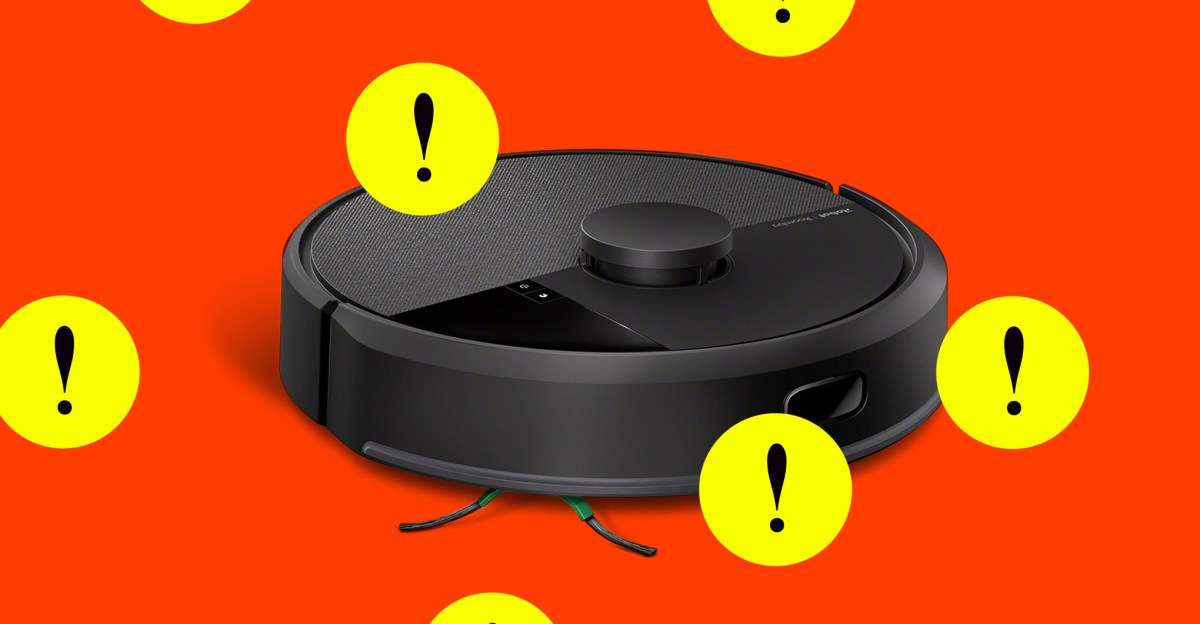Things continue to look bleak for the original robot vacuum maker. iRobot’s third-quarter results, released last week, show that revenue is down and “well below our internal expectations due to continuing market headwinds, ongoing production delays, and unforeseen shipping disruptions,” said Gary Cohen, iRobot CEO, in a press release.
This meant they had to spend more cash and are now down to under $25 million. “At this time, the Company has no sources upon which it can draw for additional capital,” said Cohen.
The Roomba manufacturer has been struggling for several years in the face of increased competition from Chinese manufacturers. A sale to Amazon in 2022 looked to be its lifeline; however, regulatory scrutiny scuppered the deal, and the company was left in further turmoil. It laid off over 30 percent of its staff, lost its founder and CEO, Colin Angle, and was left with substantial debt as a result of the fallout.
This year, iRobot launched an entirely new line of robot vacuums, ostensibly to better compete with companies like Roborock, Ecovacs, and Dreame, adding lidar navigation to its line for the first time (over VSLAM). The new models look significantly different from the original Roombas and more like their competitors. They also use a different app with fewer features, but added some new hardware features the previous models lacked, including spinning mop pads and a roller mop.
In a regulatory filing earlier this month, the company warned it may be forced to seek bankruptcy protection following the breakdown of advanced negotiations with a potential buyer, and if it couldn’t secure additional funding.
Roomba customers are understandably concerned about the impact these current financial troubles might have on their home cleaning robots.
Earlier this month, fellow American robot vacuum manufacturer Neato, which shut down in 2023, pulled the plug on its cloud services, leaving its robots unable to communicate with the Neato app. However, the vacuums can still be controlled manually.
Similarly, if iRobot goes out of business and its cloud shuts down, most Roombas should still continue to work in offline mode — pressing the physical button on the robot to start, stop, and dock it. However, they likely wouldn’t be controllable via the app for features like scheduling or specific room cleaning, or via voice commands. This potential dilemma just further highlights that cloud-connected devices should be enhanced by connectivity, not reliant on it.



Is this a COA for irobot Roombas?
What?
Happy cake day. I was asking, before I dive into the hunt, if you saw any docs for doing the same sort of firmware update / swap for plain old irobot vacuums.
Idk how motivated to be to go do this. Just started reading about valetudo.
COA => course of action
Ahh. To my knowledge, iRobot units aren’t rootable, and are therefore unsupported by Valetudo.
https://valetudo.cloud/pages/general/supported-robots.html
My Wyze is based on an ODM unit, the 3irobotix CRL-200S. Companies like Wyze, Xiaomi, Viomi, iLife, Conga, and other brands customize and sell it as their own models since that’s cheaper than manufacturing their own units. Parts are swappable between them as they are all the same robot underneath… Kinda like how car companies rebrand models based on region. As far as I’m aware though, iRobot builds their own robots.